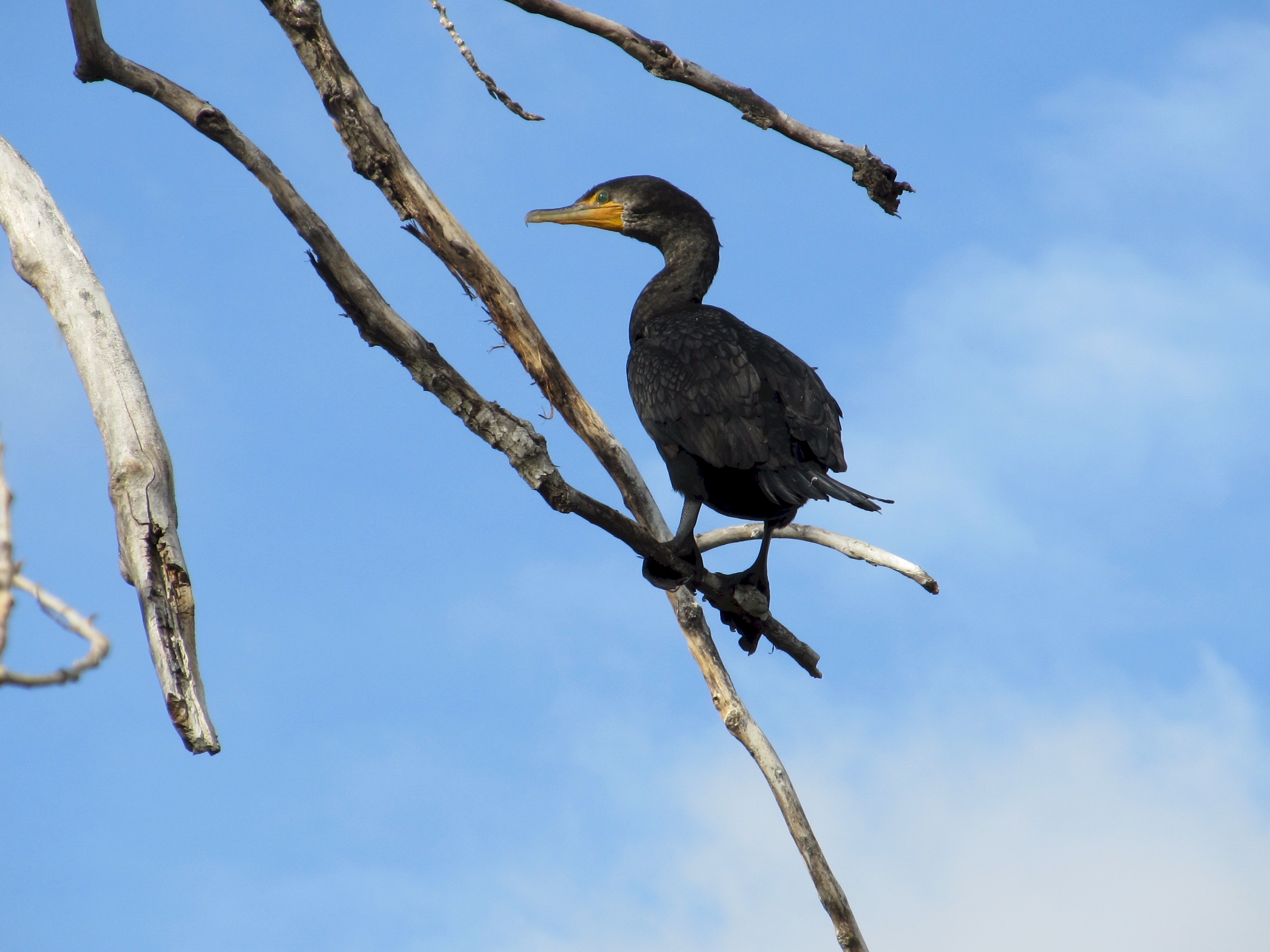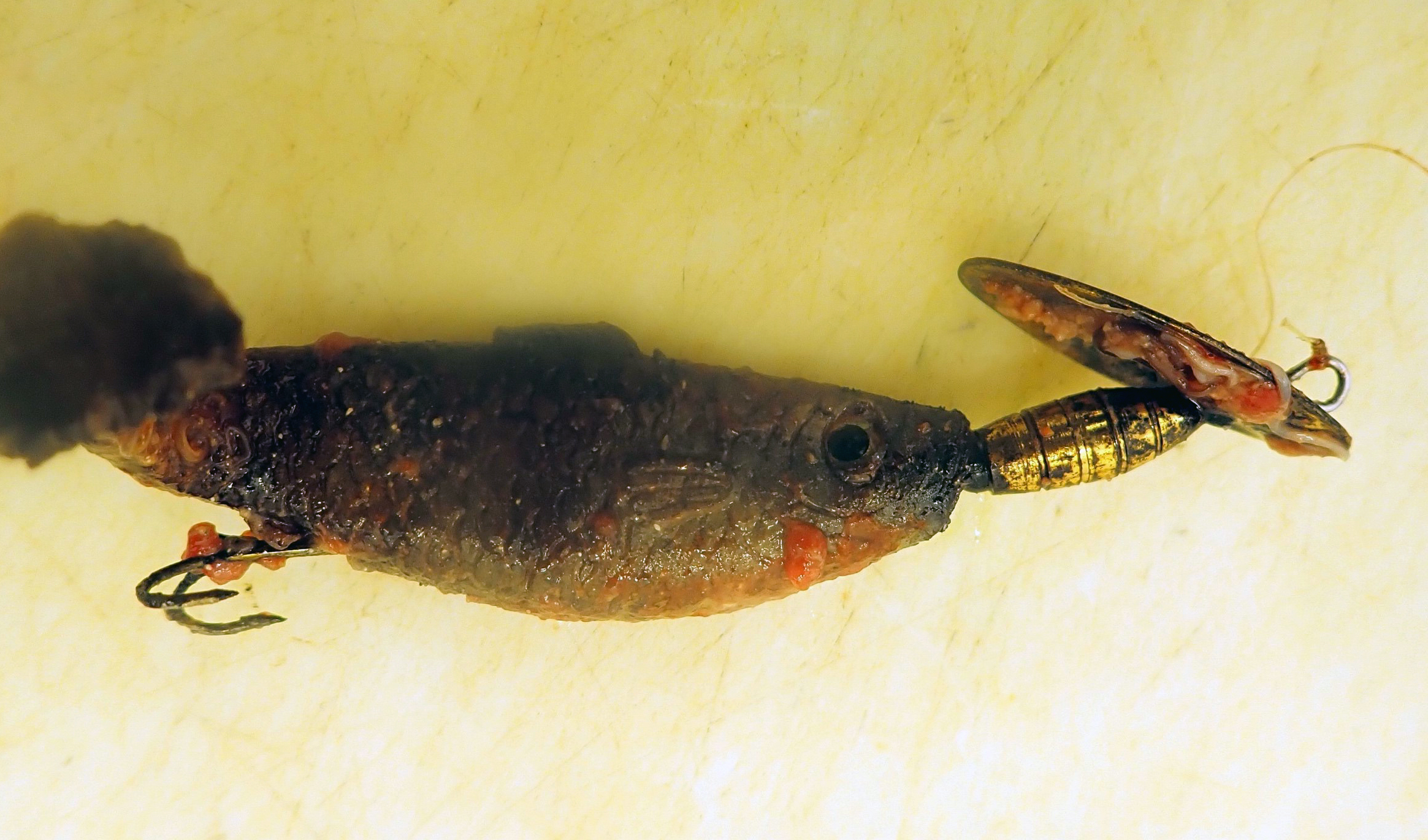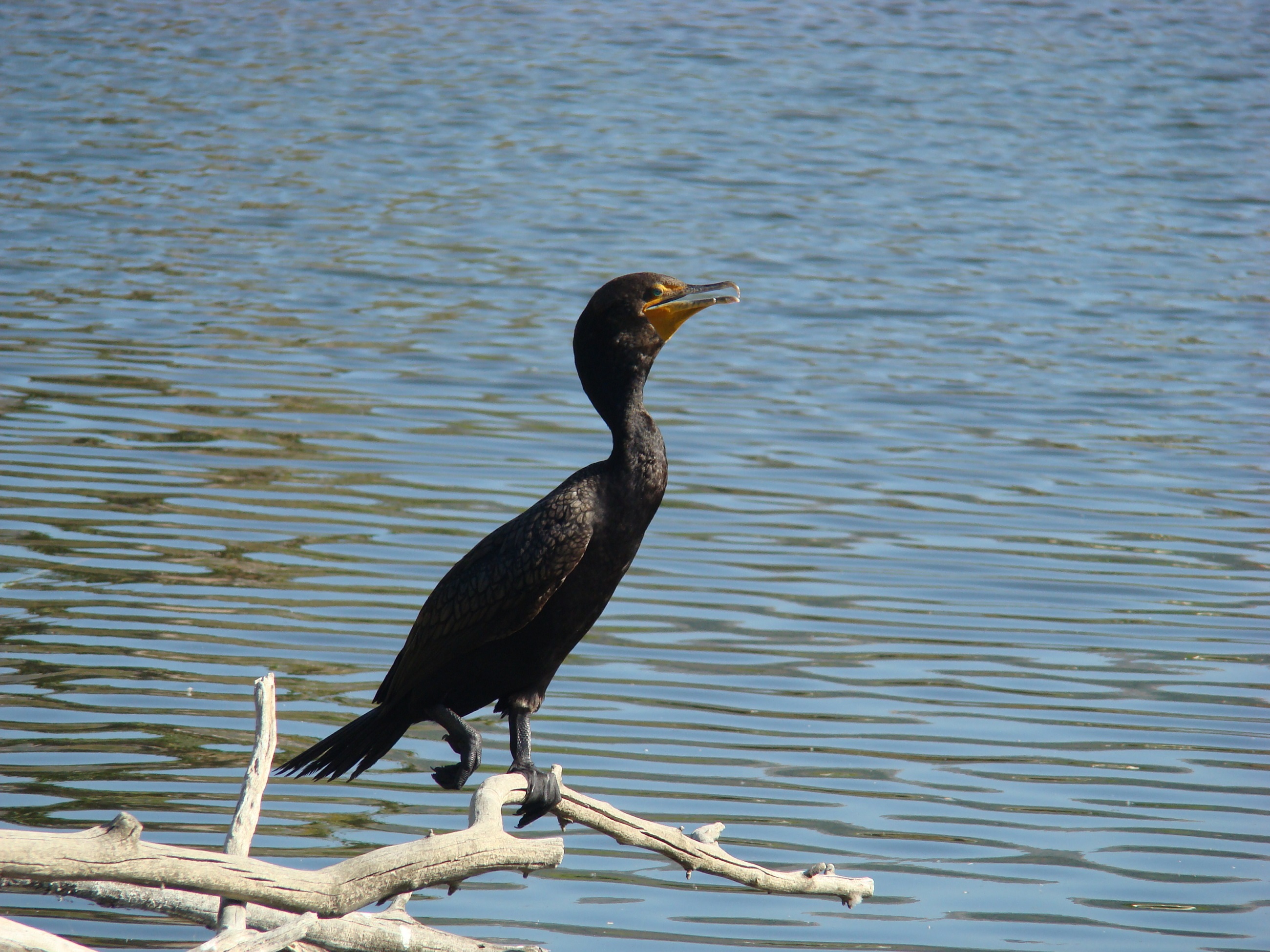Just One Bird
The news is depressing. A recently released article in Science by my colleagues at the Cornell Laboratory of Ornithology shows that 3 billion birds have vanished in the lasts 50 years. Three. Billion. Birds....GONE. This brought to mind years of joy that birds have brought — early morning birding trips with family and friends, hot cocoa after a particularly brutal Christmas Bird Count, and the thrill of seeing a Peregrine falcon take a bufflehead off of Pymatuning Lake. Then I remembered how one day this spring I woke up and thought that the morning chorus seemed a lot quieter...
But most of all I thought of just one bird.
I am a veterinary pathologist, trained to recognize and document why animals die, and to provide information to clinical veterinarians so they can treat their patients. As an expert in wildlife, I perform post mortems on wild animals and provide information that helps other scientists conserve our wildlife populations. Seeing dead birds as part of my job is not unusual — it’s actually quite common. But one particular bird, a juvenile double-crested cormorant, would stick with me.
A student was helping me the day the bird came to us. As we set up to perform the post mortem examination, we talked about how wonderful these birds are — how they nest in colonies, are common on the Finger and Great Lakes, and how amazing it is to watch them fish. Then we discussed what might cause them to die. There are viral and bacterial infections, traumatic events and, because this was a young bird, he just might not have adapted. It’s a rough world out there and the hard fact is, not all young birds survive. We read the submission sheet and found out this bird had been found alive and taken to a veterinarian but died before they could make a diagnosis. The only clues we had were that the veterinarian had seen blood in the trachea and performed radiographs that revealed a possible fishing lure in the stomach. As we examined the bird, we saw that he was beautiful! Dense feathers, stunning eyes, nifty webbed feet and that unique face that always makes me think they are eternally grouchy and just a bit cross-eyed. The bird was thin, but still had a good amount of muscle; he was not an animal that was just unable to reach the bar set by natural selection. Then we found it... the fishing lure.
It was a barbed double hook, with a large fish shaped lure. It wasn't just "in the stomach." It completely blocked the end of the esophagus, both compartments of the stomach and reached to the first part of the intestine. No food or water was getting past this thing. And it wasn’t just sitting there. The lure had become stuck into the bird’s tissue as the body made a furtive attempt to rid itself of this insult. Plus, the barbed hook had penetrated the wall of the stomach.
Not a good way to die.
So when I read about our loss of birds, I thought of this poor cormorant and how he died, and how he was just the most recent in a long line of birds to come across my post mortem table having died because of human negligence. A line of birds that includes an osprey that drowned because it became tangled in fishing line; Canada geese that had eaten so much lead shot that when I palpated their gizzards it felt like I was holding a beanbag; beautiful fledgling American robins and Eastern bluebirds and cardinals that had died because their early flights had ended near a domestic cat. There were also the red-tailed hawks that died because they were exposed to rat poison. So no, this poor cormorant was not unusual, just the latest.
But then I thought of how all of these deaths could have been avoided. If one person had taken one minute to pick up their fishing gear, chosen to use steel shot instead of lead, limited the movements of their cat, or had been more judicious with the use of rat poison, then maybe some of these birds would have lived.
In vet school they teach us that “you can't save them all,” and this is true. Bad things happen to good animals. As a wildlife specialist l am trained to think of the big picture—of the population, not the individual. But in light of our dire environmental crisis, I cannot help but think it’s no longer just about the big picture or trying to save them all. Big conservation projects, public pressure on our elected officials to make good policy, and donations to our favorite non-profits are all vital, but maybe now, more than ever, it is about individuals... and those individuals are each and every one of us. Maybe now it’s about each one of the 7.5 billion people on the planet making a daily choice to make one small change that might save... Just. One. Bird.
Maybe if each one of us makes that pledge, the little cormorant will not have died in vain. And maybe, ten years from now, the morning chorus will be just a bit louder.



